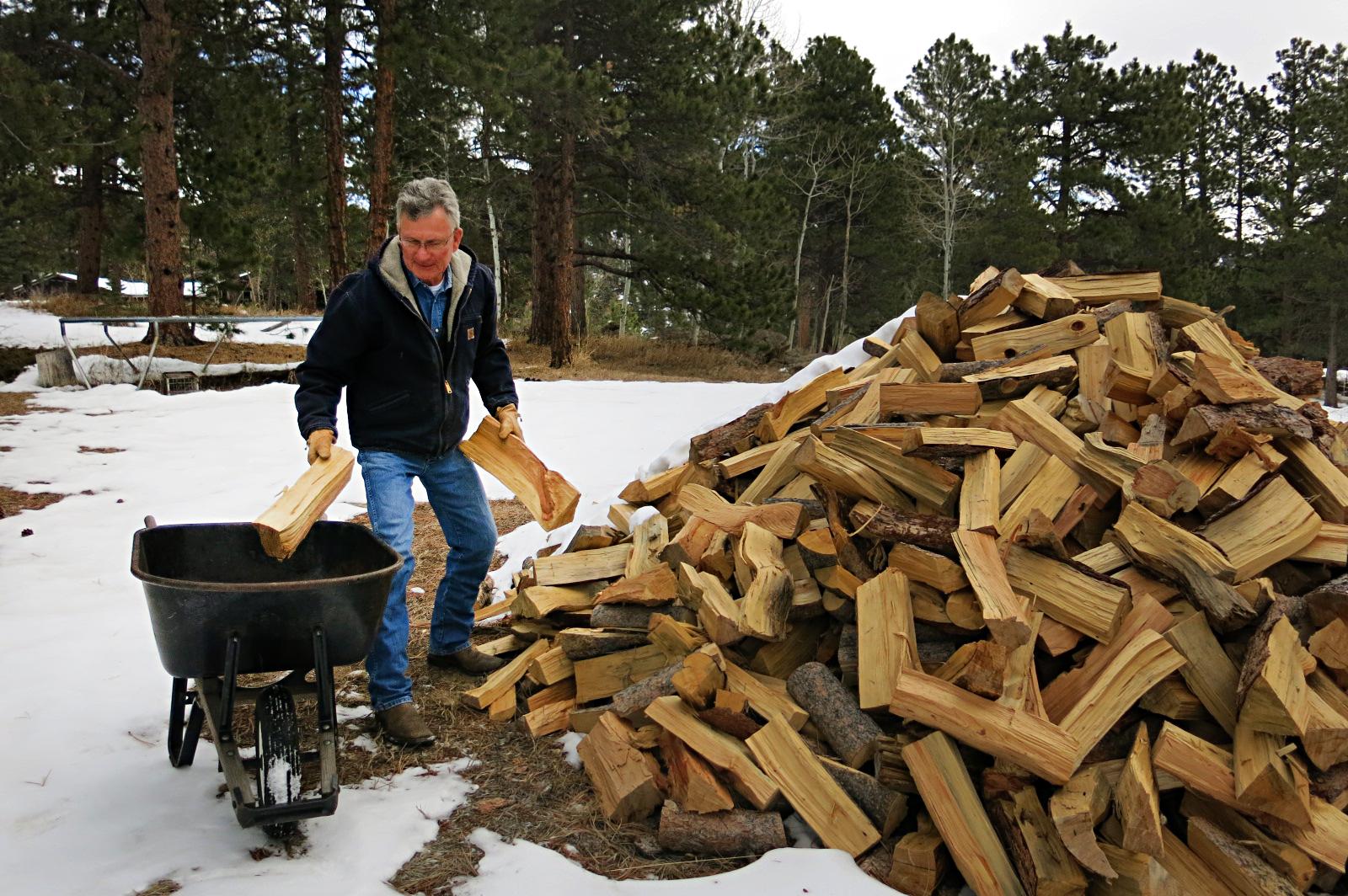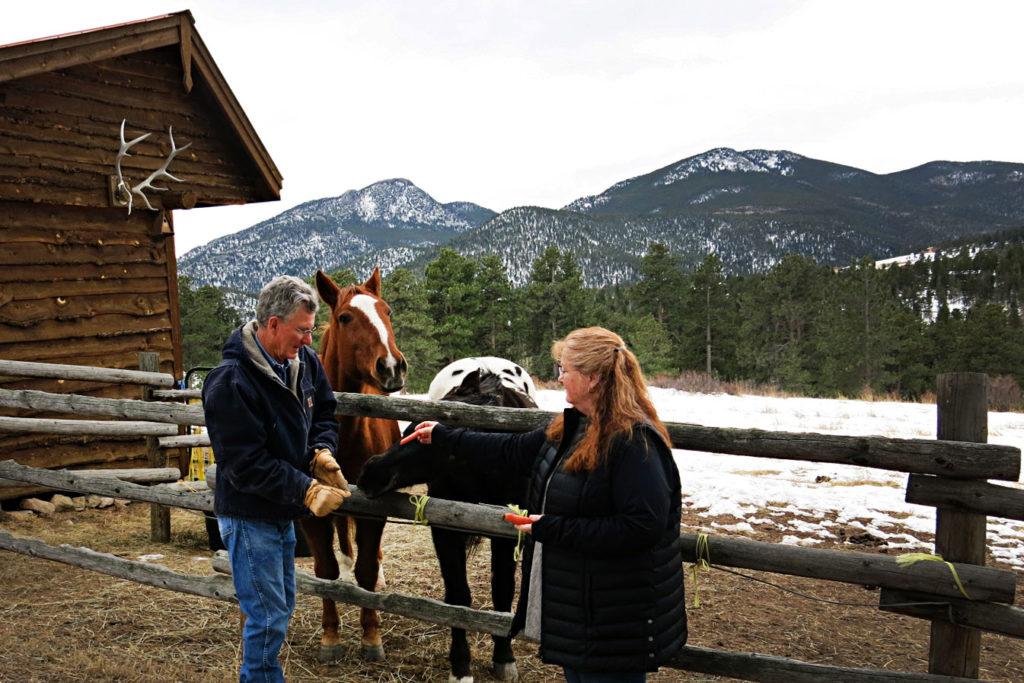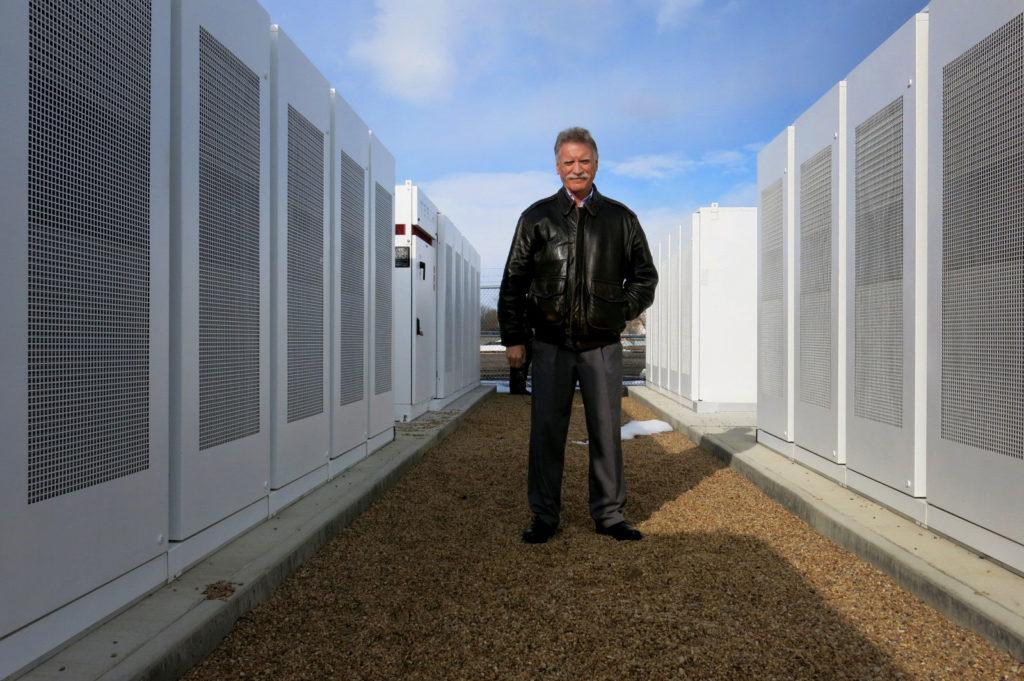
When it comes to greening up Colorado’s power supply, seismic shifts aren’t just coming out of the state Capitol.
They’re also shaking out of rural Colorado, places like Coal Creek Canyon where utility customer Stephen Whiteside lives.
Whiteside is a conservative Republican. He’s also pro-renewable energy. It’s not a combination you’d expect, but a recent poll by Pew Research suggests many Republicans favor wind and solar.
But Whiteside doesn’t support renewables by building a big solar array in his backyard. He does it by cheering on his rural electric cooperative, United Power. In November, United Power said it’s considering parting ways with fossil fuel-heavy power provider Tri-State Generation and Transmission in pursuit of cheaper electricity bills and more renewable energy.
“I think that’s fairly recent that renewables may be more cost-effective than other types of energy,” Whiteside said. “To me that makes a lot of sense to pursue that kind of avenue.”

Right now, Tri-State gets about one-third of its power from renewable energy. Customers like Whiteside want more renewables because they think it will bring cheaper rates. According to a recent estimate by Standard and Poor’s, electricity rates for Whiteside and others under the Tri-State System could be as much as 20 percent above the statewide Colorado average.
Here’s how the model works now: United Power bands together with 42 other rural electricity providers, called electric cooperatives, to buy power from one entity: Tri-State.
“What that model has not done is kept up with the technological changes in the industry,” United Power CEO John Parker said.
Parker thinks it all adds up to growing pressure on the economic model that rural utilities have followed for decades. In the '80s and '90s, power providers like Tri-State invested heavily in coal-fired plants. Now, they’re trying to green up.
United Power is not the first or the last utility looking into leave Tri-State. La Plata Electric Association has filed a complaint with Colorado regulators seeking an exit fee from Tri-State.

If those utilities part ways, they’ll follow in the footsteps of two other rural utilities: Colorado-based Delta Montrose Electric Association and New Mexico-based Kit Carson Electric Cooperative. Delta Montrose got the OK to leave its generation and transmission association (known as a G&T) with Tri-State in 2019. Kit Carson left in 2016.
“Just as the industry changes, [generation and transmission cooperatives] have to change,” said Lee Boughey, Tri-State senior manager for communications and public affairs.
Generation and Transmission Cooperatives like Tri-State formed in rural America in the middle of the last century. It was historically expensive for rural electricity providers to provide power because they just served a few customers per mile of the electricity line. That’s unlike urban utilities, which have hundreds of customers per mile. G&Ts helped shoulder the burden by providing power to rural utilities, building expensive coal-fired power plants and setting up contracts that lasted decades to help pay off the plants.
Flashforward to 2019, and power customers like Parker have a keen interest to modernize the grid and experiment with battery storage to keep customers like Whiteside happy. United Power owns the largest battery in the state, but it’s locked into a contract with Tri-State that lasts another 30 years. After power supplier Tri-State quoted United Power a $1.2 billion exit fee to leave its 30-year contract, Parker turned to state regulators for help.
“That’s the balance we’re trying to find. If it costs us $1.2 billion to get out, we probably can’t save enough money to make that work,” Parker said.
Boughey said 2019 was a big year for Tri-State. It opened up community solar options to its members and brought 104 megawatts of new wind power online. It announced plans to build a 100 megawatt new solar farm. Its Nucla coal-fired power plant was retired early from service, reducing emissions and making operations more efficient.
Tri-State’s member cooperatives are finalizing new contracts that would allow rural utilities like United Power more flexibility to buy renewables. Currently, they’re capped in their contracts at generating just 5 percent of renewable power locally.

One of the challenges for Tri-State will be to get even more fossil fuel sources off its financial books as it faces regulatory pressure to do so in Colorado and New Mexico. Legislatures in both states passed carbon-reduction goals for utilities this year. Tri-State will be required to participate in expensive planning. However, there are no financial penalties if Tri-State doesn’t meet the goals.
“As we move into 2020 and chart our course for the future I think there should be confidence that we’ll be able to meet the challenges ahead,” Boughey said.
Similar disputes are playing out between rural utilities and their power suppliers across the United States. In Indiana, Tipmont Rural Electric is seeking to part ways from its power supplier over high rates. In Minneapolis, suburban utility Connexus is in the midst of talks with its power provider to get lower rates and more flexibility.
“Today memberships across the country are expecting more from their G&Ts. They’re expecting competitive prices and a greening of the grid,” Connexus CEO Greg Ridderbusch said.
Like United Power, Connexus is locked into a decades-long contact with its power provider. Ridderbusch said in the future it will be important for his utility and others to form more robust partnerships with their power suppliers.
“We need the G&T to lower the constraints on things we’re doing in our own backyard for our members,” Ridderbusch said.
Whiteside said he’s on United Power’s side.
“To have reliable electric service is absolutely critical,” Whiteside said. “If solar power can supplement the other sources that United Power has, it would make sense to do that if it’s available.”
As relationships start to shift across the country between power suppliers and rural utilities, all eyes will be on Colorado. The Public Utilities Commission could rule on the La Plata and United Power cases in 2020.
Editor’s Note: This story was updated to reflect that Tri-State’s members will ultimately decide how to roll out a partial-requirements contract.









